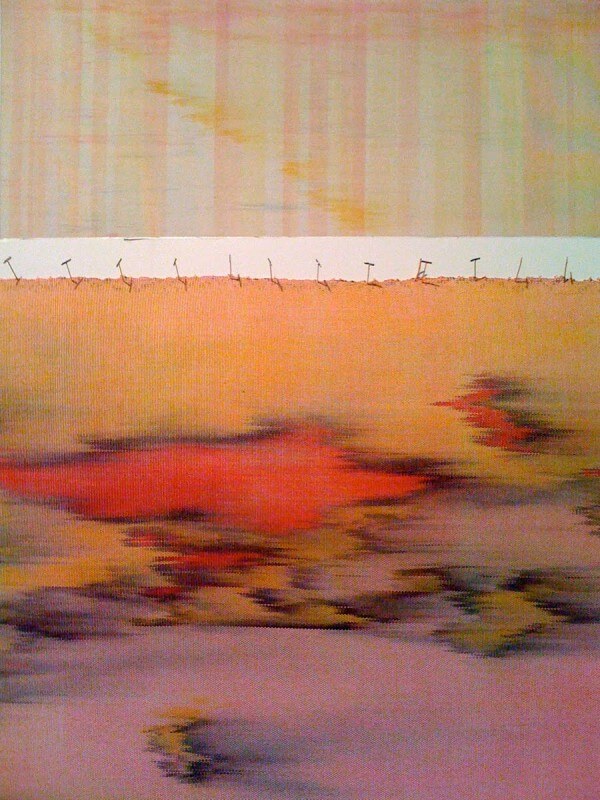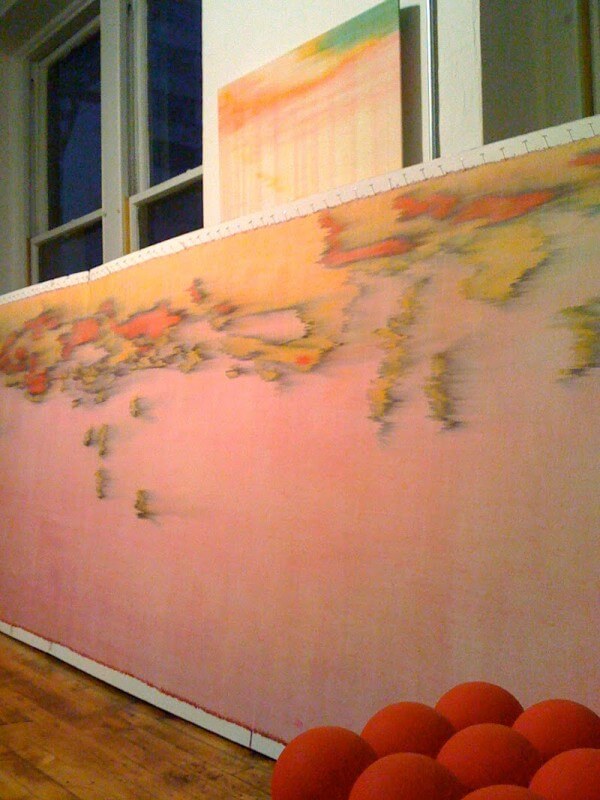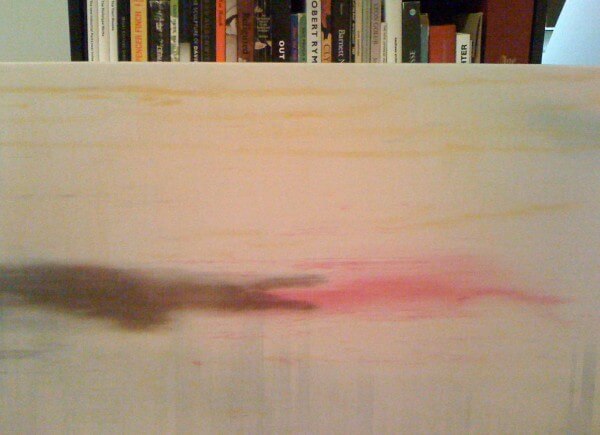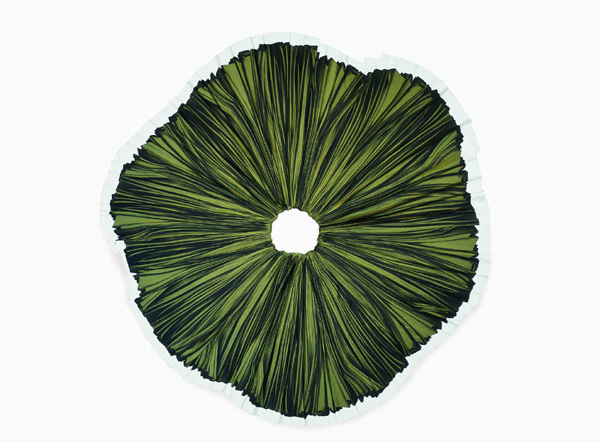
I had never heard of critic Philip Gilbert Hamerton or The Quest of Happiness until a tip from Annette deFerrari, the artist/illustrator behind this excellent diagram of Plutchik’s emotional taxonomy. Annette sent me this quote:
“My experience,” said an old gentleman to me, “has been that I could never succeed in getting the special kind of happiness I had wanted or hope for, but that other kinds of happiness which I did not want and had never hoped for were supplied to me, in the course of life, most lavishly and abundantly. I therefore ended by discovering, though it took me a long time to make the discovery, that the right way to enjoy the happiness within my reach was not to form an ideal of my own and be disappointed when it was not realized — for that it never was – but to accept the opportunities for enjoying life which were offered by life itself from year to year and from day to day. Since I took things in this temper, I have enjoyed really a great amount of happiness, though it has been of a kind entirely different from anything I ever anticipated or laid plans for when I was young.”
— Philip Gilbert Hamerton, The Quest of Happiness, 1897
I’m so glad to have found this quote because this is such a foundational idea in my thinking about joy. In a way, you could say that joy is not something you seek, but rather something you discover. While we go in pursuit of happiness, joy finds us.
Why is this important? Because it suggests that joy is dictated not just by what happens to us but also by our expectations. While it’s important to plan for the future and put ourselves in circumstances that we believe will make us happiest in the future, we can’t control exactly what will result from our efforts. And at the moment-to-moment level, we don’t know how others around us will behave or what opportunities or challenges will crop up without warning. When our expectations are very specific and narrow, we increase the chances of disappointment. When we’re more open to a range of possibilities, we create the possibility of savoring “the happiness within our reach,” or joy.
Thinking of happiness as a longitudinal measure of our emotional wellbeing, there are really two components: How happy are the individual moments, strung together like links in a chain, that make up our lives? And how satisfied are we with the trajectory, the broad sweeping arc that line is taking? The latter is a macro decision, and we address dissatisfaction with this arc by making changes to the path – changing jobs, moving cities, adjusting work/life balance, and so on. The first question is micro; it relates to each moment. Are we enjoying the experiences that our trajectory has put in our path? Are we attuned to the joys in front of us, or always comparing them with the hypothetical joys on another path? Or the anticipated joys at the end of the journey?
There’s a dance between these two components of happiness, the arc and the moments, and it seems human to err on one side or the other. This is another articulation of that idea, by Jessa Crispin, clipped from Liz Danzico’s Bobulate blog:
I was having a conversation with a writer the other day, and he stated that the best things are always by-products. Happiness is a by-product, and I loved that he said that. You can plot your journey to success or happiness or wealth or whatever it is you’re looking for, but if you’re too focused on the end result, you’re going to miss anything good going on around you.
I love that idea that happiness is a by-product, because it points out that the trajectory is not just superimposed on the moments by our will; the moments also alter the trajectory. All of us have instances where a moment was a revelation, dramatically shifting the course of our lives. Seen this way, happiness is like an accretion of accidents, and our job is to put ourselves in the way of joyful accidents and be poised to recognize them when they happen. And this is where habits of mind like our expectations, openness, and attentiveness come in.
I’ve been reading Maslow lately, and found myself really touched by this this statement, which seems to me also along the lines of this discussion:
The great lesson from the true mystics, from the Zen monks, and now also from the Humanistic and Transpersonal psychologists—that the sacred is in the ordinary, that it is to be found in one’s daily life, in one’s neighbors, friends, and family, in one’s back yard, and that travel may be a flight from confronting the sacred—this lesson can easily be lost.
This idea of “the sacred in the ordinary” (or “the joy of the mundane” or “the delight in the everyday”) is I think the fundamental belief that lies beneath my work, on Aesthetics of Joy, and everything else I do. I’ve spent so much of my life dazzled by inconsequential things, but I think why I try to show here is that these actually are the things with the most consequence – for our happiness, our wellbeing, our sustainability. The ability to be fascinated is perhaps the most essential quality for a joyful life.
As 2010 winds down, I’ve found myself feeling a bit tormented by all the things that didn’t get done. Things I’d wanted to achieve, but found themselves back-burnered by more pressing obligations, or the simple limits on what one person with two hands can reasonably expect to complete in a year. Then I looked at my photos: there were celebrations in Maine and trips to the wilds of New Zealand, visits with old friends and new ones in Sydney, a family gathering in Santa Fe, and all kinds of escapades in between. And looking at all these images, with so many different family and friends, I just felt happy. It may not have been the year I planned, but it was a good year.
So, as the new year begins, I wish you the ability to recognize the “happiness within your reach,” the by-products of your great plans, the sacred in your ordinary. In other words, have a very joyful new year!
Art by Hildur Ásgeirsdóttir Jónsson (just the perfect sort of ethereal beauty for a thoughtful, liminal day such as this one!)









Discussion (3 Comments)
There’s that word “liminal” again. Before reading William Gibson, I’d never heard of this, between light and shadow. Now I’m seeing it everywhere. A meme?